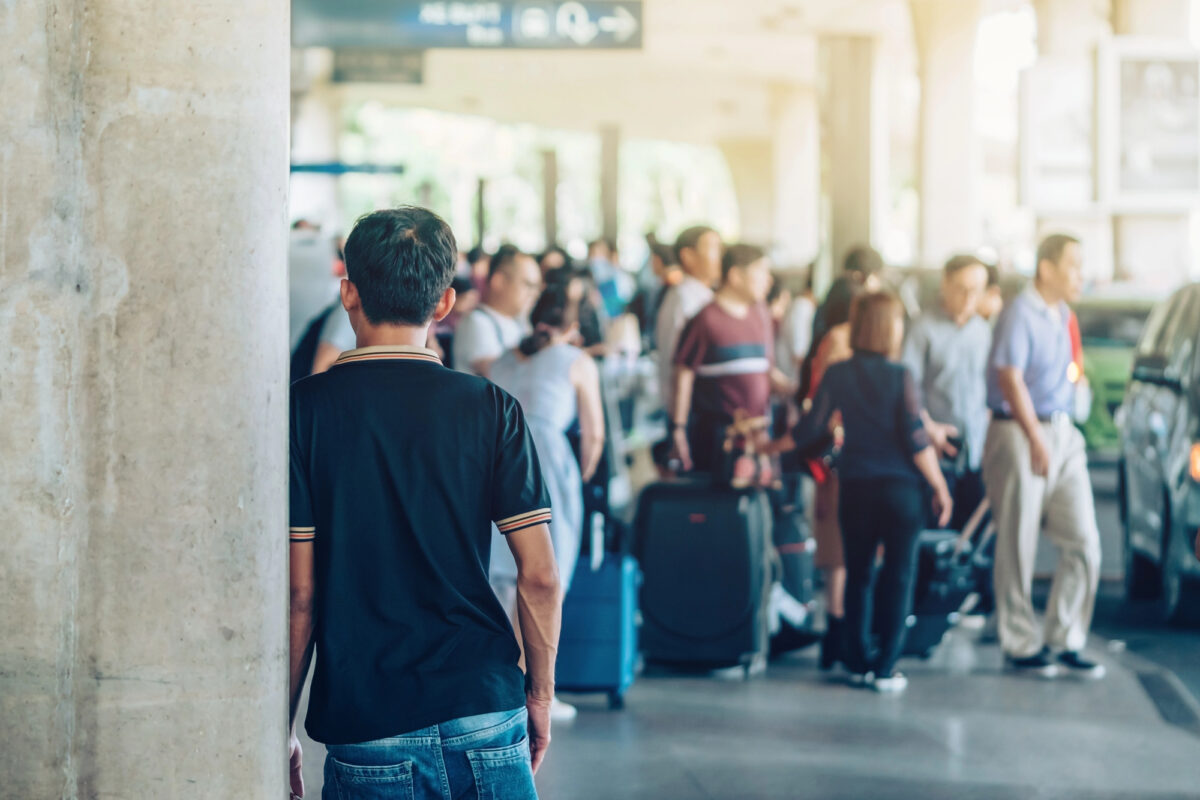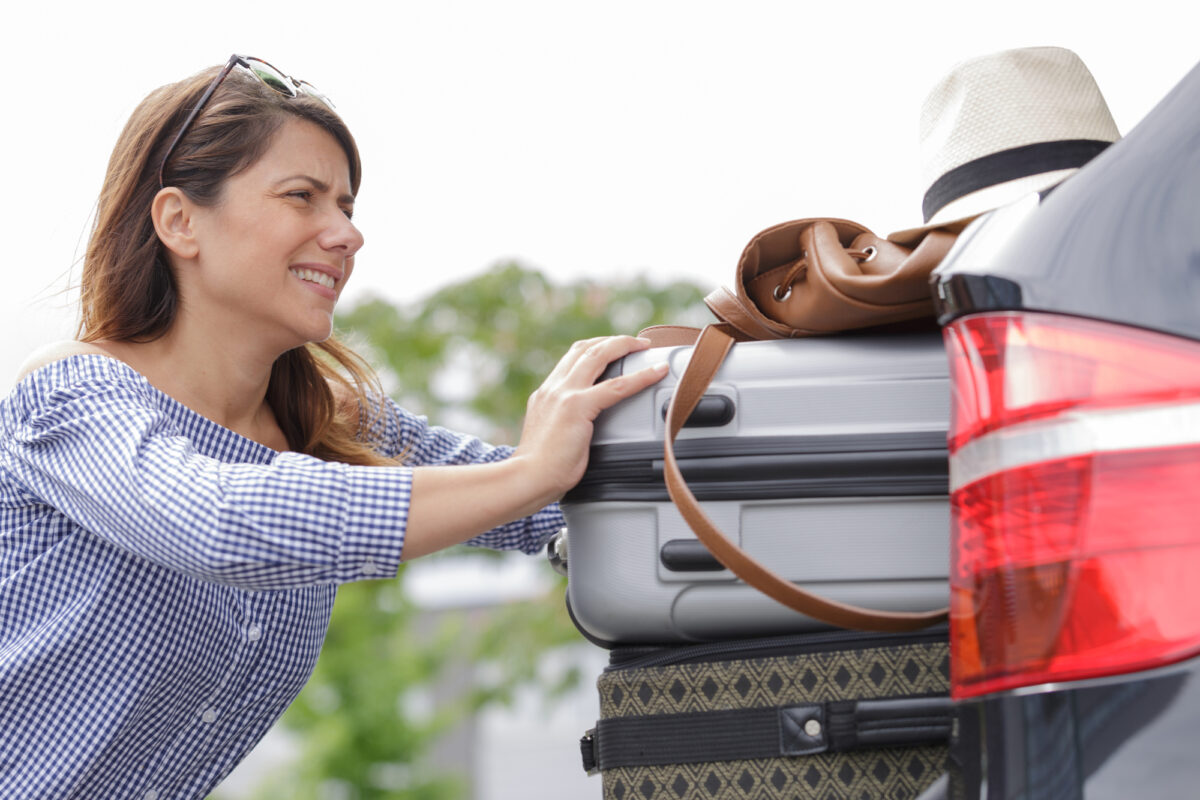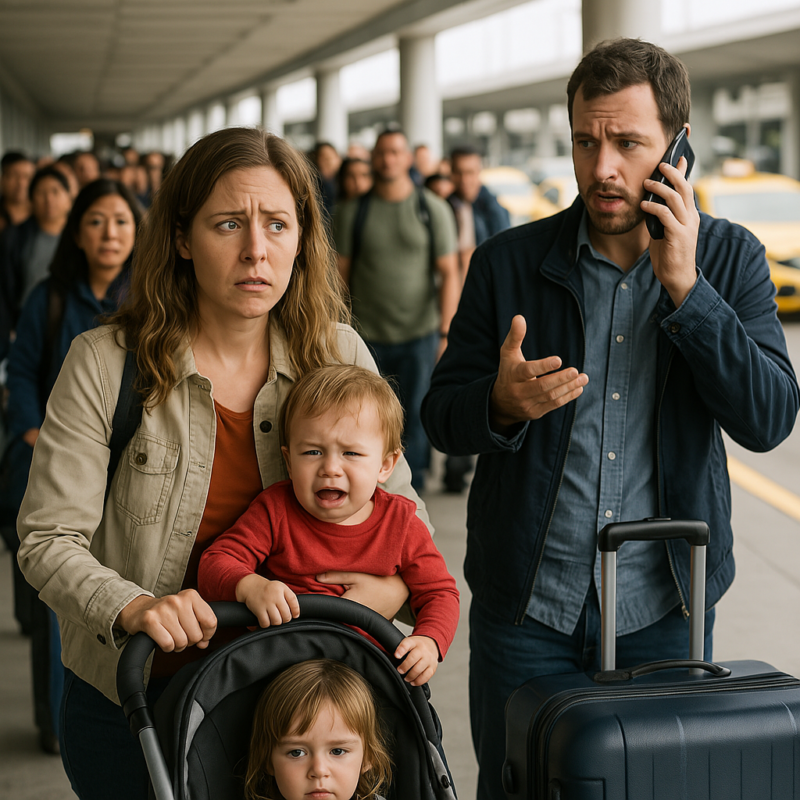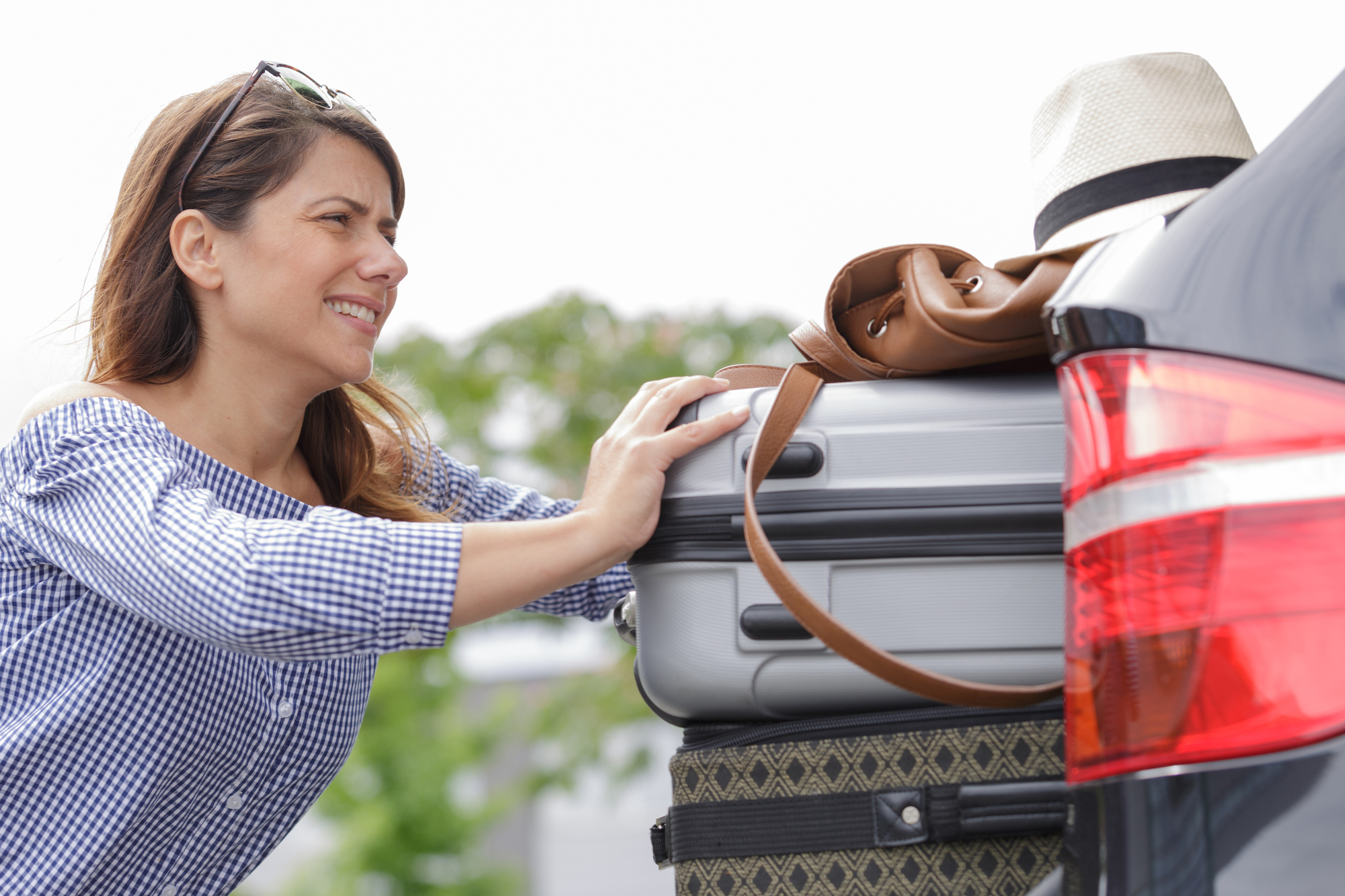You’ve spent months planning your perfect cruise vacation—researching ships, booking excursions, and packing just the right outfits. But there’s one critical element many cruisers overlook until it’s too late: how you’ll actually get to and from the cruise terminal.
With thousands of excited passengers all converging on the same location within a narrow timeframe, cruise transportation logistics can quickly become the most stressful part of your vacation if not properly planned. We have often witnessed the panic on travelers’ faces when they realize their rideshare app isn’t working. Don’t be that person frantically sending text messages because you’re stuck in unexpected traffic as your boarding time approaches.
The good news? With some advance planning, you can avoid these transportation headaches entirely. Let’s explore the most common cruise transportation mistakes and how you can sidestep them for a smooth start (and end) to your vacation.

1. Waiting Until the Last Minute to Book Cruise Transportation
When you’re juggling all the details of cruise planning, it’s easy to think, “I’ll just grab a taxi when I land” or “I’ll use a rideshare app on embarkation day.” This casual approach might work for everyday travel, but it can spell extreme frustration (if not disaster) on cruise day.
During peak embarkation times, thousands of passengers are all seeking transportation simultaneously. This creates enormous demand that quickly overwhelms available services. The result? Long waits, surge pricing, or worse—no available rides at all.
Solution: Book your ground transportation at least 2-3 weeks before your cruise. This is especially important if you’re sailing from busy ports like Miami, Fort Lauderdale, or Port Canaveral during high season. By securing your transportation early, you’ll lock in availability and often get better rates than last-minute options.

2. Cutting Time Too Close on Embarkation Day
I’ve seen it happen countless times—cruisers booking flights that land just hours before their ship departs, leaving almost no buffer for delays or transportation issues. This creates unnecessary stress and risks missing the ship entirely. (I personally had to learn that lesson the hard way–but you don’t have to!)
Solution: Whenever possible, arrive in your port city the day before your cruise. This gives you a comfortable cushion against flight delays, traffic problems, or other unexpected issues. If staying overnight isn’t an option, aim to arrive at the airport at least 5-6 hours before your ship’s departure time, allowing for flight delays, baggage claim, and transportation to the port.
Remember that most cruise ships begin boarding 4-5 hours before departure and typically require all passengers to be on board at least 90 minutes before sailing. Cutting it close simply isn’t worth the anxiety.
3. Ignoring Vehicle Size and Luggage Capacity

Cruise travelers typically bring more luggage than the average traveler—formal wear, multiple shoe options, and gear for various climates and activities. Yet many book standard rideshares or compact taxis without considering whether their luggage will actually fit.
Solution: When booking transportation, be realistic about your luggage needs. A family of four with a week’s worth of cruise luggage will likely need an SUV or van, not a standard sedan. If using a rideshare service, opt for their larger vehicle options. For private transfers, specifically mention your luggage quantity when booking to ensure they send an appropriately sized vehicle.
This is especially important when traveling with special items, such as strollers, car seats, or mobility equipment. The last thing you want is to stand curbside trying to tetris oversized luggage into an undersized vehicle while the minutes tick down to boarding time.
4. Overlooking International Transportation Differences
If you’re cruising from an international port, transportation logistics can be significantly more complicated than domestic travel. Many cruisers make the mistake of assuming transportation will work the same way abroad as it does at home.

Solution: Research transportation options specific to your international port well in advance. Consider these factors:
- Rideshare availability: Services like Uber and Lyft operate differently (or not at all) in many countries
- Payment methods: Many international taxis are cash-only and may not accept credit cards
- Language barriers: Have your destination written in the local language to show drivers
- Currency needs: Carry small denominations of local currency for taxis and tips
- Cruise line transfers: For unfamiliar international ports, cruise line transfers often provide the simplest, most reliable option despite higher costs
When cruising internationally, the peace of mind from pre-arranged transportation often justifies any additional expense. This is one area where saving a few dollars isn’t worth the potential stress.
5. Failing to Confirm Transportation Details
You’ve booked your transportation online, received a confirmation email, and checked that task off your list. But, without a follow-up confirmation, you might discover too late that your driver has the wrong pickup time, location, or vehicle type.
Solution: A few days before your cruise, take a moment to confirm all transportation details with your provider. Verify:
- Exact pickup time and location
- Vehicle type and capacity
- Driver’s contact information
- Procedure if your flight is delayed
- Estimated travel time to the port
This simple step takes just minutes but can prevent major headaches on travel day. For airport pickups, be especially clear about meeting locations, as these can be confusing in unfamiliar terminals.

6. Having No Backup Plan
Even the most carefully arranged transportation can fall through. Drivers get sick, vehicles break down, and traffic jams happen. Yet many cruisers have no contingency plan if their primary transportation fails.
Solution: Always have a Plan B ready. This might include:
- Contact information for alternative transportation providers
- The address of your cruise terminal saved offline on your phone
- Extra cash for unexpected transportation expenses
- Knowledge of public transportation options to the port
- A rideshare app downloaded and set up as backup
Having these backups ready doesn’t mean you’re expecting problems—it simply means you’ll be prepared to handle them calmly if they arise.
Closing Thoughts
Transportation to and from your cruise ship might not be the most exciting part of your vacation planning, but it’s arguably one of the most important. By avoiding these common mistakes, you’ll start your cruise relaxed and on time rather than stressed and rushing.
Remember that the few extra dollars you might spend on reliable, pre-arranged transportation are a small price to pay for the peace of mind they provide. After all, your vacation should begin the moment you leave home—not just when you finally step aboard the ship.

